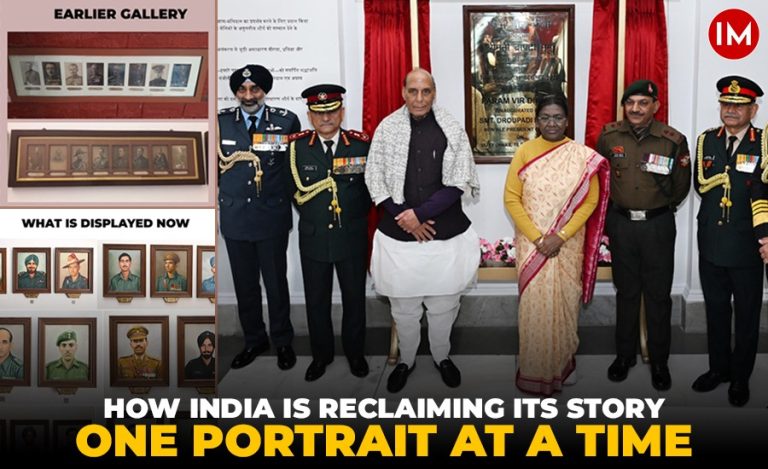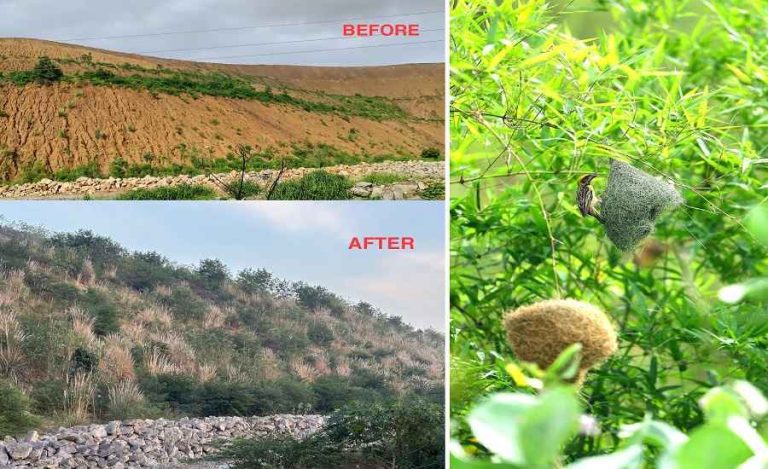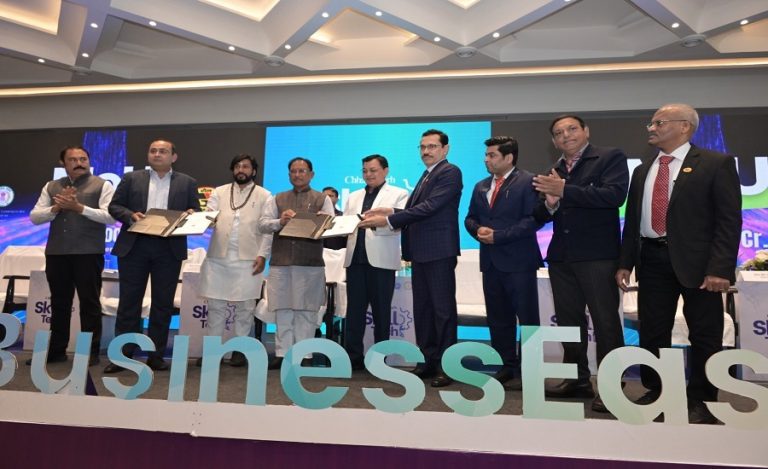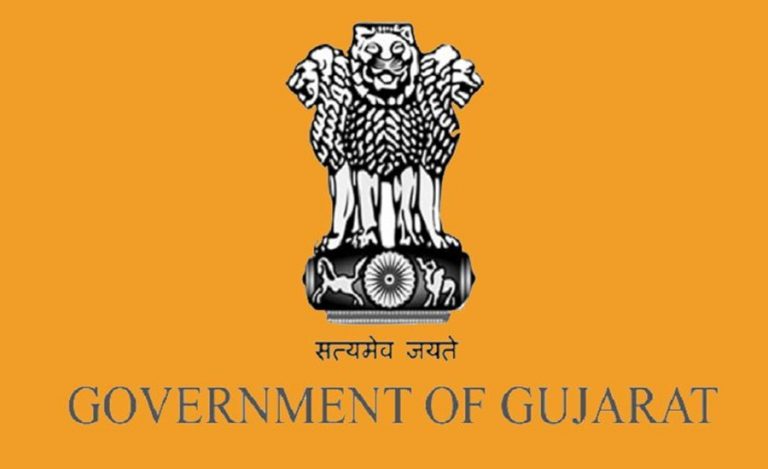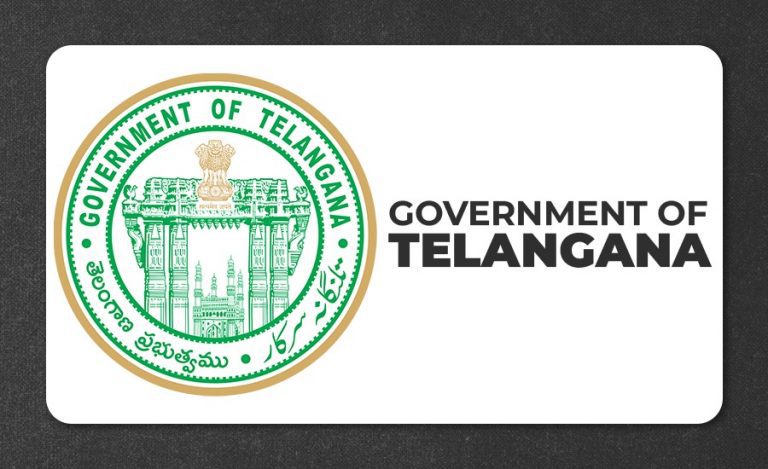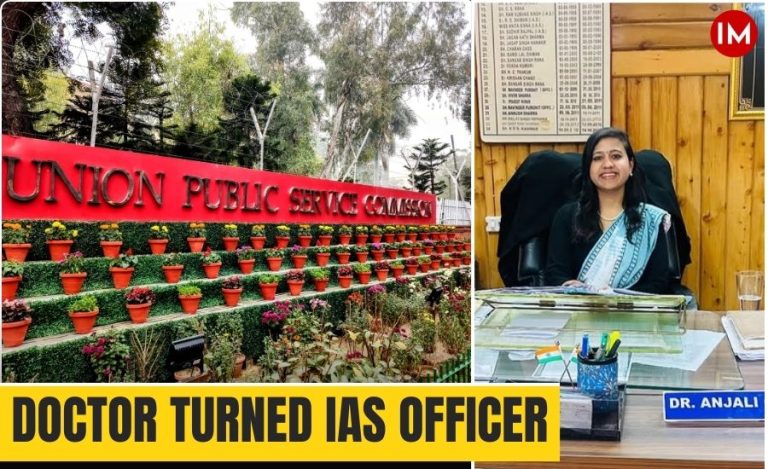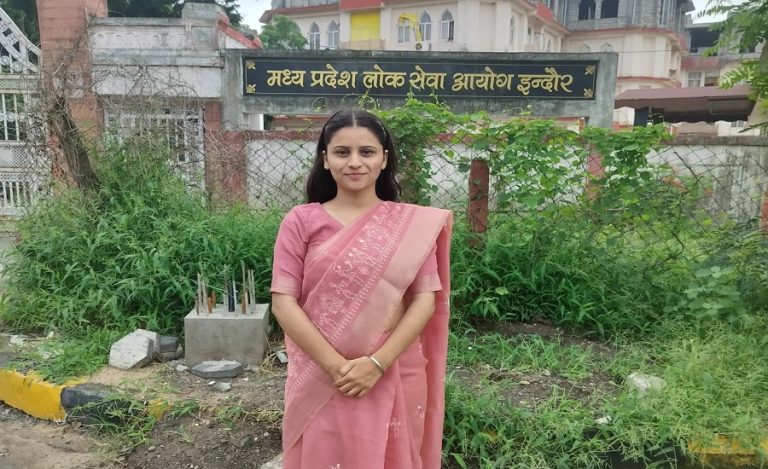In the heart of Uttar Pradesh’s Bijnor district, a powerful story of change is unfolding through the VIDUR brand. More than just a label, VIDUR represents the collective strength and entrepreneurial spirit of over 2.3 lakh rural women mobilised by self-help groups (SHGs) under the Uttar Pradesh State Rural Livelihood Mission (UPSRLM). This initiative is not just about producing and selling everyday necessities; it’s about fostering women’s empowerment, building sustainable livelihoods, and instilling a sense of self-worth in communities.
FROM LOCAL ROOTS TO A MEANINGFUL BRAND NAME
The name “VIDUR” holds deep cultural significance in Bijnor, believed to be the resting place of Mahatma Vidur from the Mahabharata era. This connection to heritage provides the brand with authenticity and local trust, resonating with consumers on a deeper level. As Purna Borah, IAS (2018 batch, UP Cadre), Chief Development Officer (CDO) of Bijnor, explains, “Mahatma Vidur is believed to have stayed here during the Mahabharata era. The place has a spiritual resonance — we have the Vidur Kuti here, and Bijnor is now part of the Mahabharat circuit.” Leveraging the name Vidur creates a “culturally meaningful local brand, one that people trust for its authenticity and quality,” Mr Borah shared with Indian Masterminds.
INCOME, INCLUSION, AND INFRASTRUCTURE DEVELOPMENT
What started as a small pilot in 2013 has blossomed into a district-wide movement, encompassing over 22,000 SHGs and 44 cluster-level federations. The involvement of thousands of trained women, including 1,280 Aajeevika Sakhis and 509 Vidhyut Sakhis, highlights the scale of this transformation. Crucially, nearly all these SHG members are directly or indirectly involved in VIDUR’s supply chain, contributing to production, packaging, marketing, and retail.
The brand’s success is evident in its annual turnover of ₹5.8 crore, with all revenue directly benefiting the women involved. “All the profits go back to them. Whether it’s through direct earnings or through subsidised loans to buy machines, the entire structure is built to boost women’s economic participation,” Mr Borah says. This financial empowerment translates to increased bargaining power within households, better access to education and healthcare for their children, and the ability for women to establish their own small manufacturing units. VIDUR is not just about income; it’s about fostering economic agency and breaking down barriers.
A DIVERSE PORTFOLIO OF QUALITY PRODUCTS
The VIDUR brand boasts an impressive range of products catering to various needs:
- Hygiene Products: Sanitary pads (sold under the Sakhi Suraksha label in rural areas), soaps, detergents, and toilet cleaners – promoting health and hygiene in rural communities.
- Food Items: Multigrain flour, jaggery, papad, pickles, spices, ragi chips, cold-pressed oil, and even tomato ketchup – leveraging local agricultural capabilities and providing nutritious options.
- Handicrafts and Innovations: Teddy bears, jackets, EV kits, organic manure – showcasing the diverse skills and innovative spirit of the women.
With dozens of product categories, VIDUR strategically aligns its offerings with market demand and local production capabilities.
STRATEGIC DISTRIBUTION FOR MAXIMUM REACH
VIDUR products are made accessible through a multi-pronged distribution strategy:
- 45 Dedicated Vidur Outlets: Providing direct access to consumers.
- 560 Public Distribution System (PDS) Shops: Leveraging existing infrastructure to reach a wider audience.
- Mobile Vidur Vans: Taking products directly to villages.
- Online Platforms (Coming Soon): Amazon, Flipkart, and ONDC will expand VIDUR’s reach to urban consumers across the NCR and beyond.
This well-thought-out distribution network aims to bring quality rural products to a broader market.
UNCOMPROMISING QUALITY AND CONSUMER TRUST
In a competitive market, VIDUR prioritises quality assurance. All products undergo rigorous NABL-certified lab testing and hold BIS and FSSAI certifications. Batch-wise production ensures consistency, and positive customer feedback underscores the brand’s reliability. “The feedback has been very positive,” says Mr Borah. “We ourselves use these products regularly, and we’ve seen demand rise in hotels, colleges, and rural homes alike.” The focus on feedback loops allows for continuous product improvement based on consumer needs and preferences. “We realised early on that quality would make or break us,” he adds.
A HOLISTIC MODEL FOR RURAL ENTERPRISE DEVELOPMENT
VIDUR’s success extends beyond product sales. The initiative actively invests in training and innovation through collaborations with institutions like NIFT and the Rural Self Employment Training Institute (RSETI), conducting workshops on design, marketing, and entrepreneurship. Students from Vivek College serve as brand ambassadors, and digital campaigns complement offline outreach efforts.
Financial sustainability is fostered through Community Investment Funds, Revolving Funds, and subsidised loans for equipment and raw materials empowering SHGs to scale their operations. While challenges like meeting increasing demand exist, “Demand is higher than our production capacity right now. We’re working on expanding capital and infrastructure gradually. Since it’s women-led and capital-intensive, we’re being realistic — but determined,” Mr Borah clarifies.
VIDUR’s growth strategy is structured in three phases:
1. Local Penetration: Saturate Bijnor’s market, ensuring every household knows and trusts the brand.
2. Regional Reach: Expand across nearby districts and into NCR through digital platforms and ground logistics.
3. National Visibility: Position Vidur as a symbol of quality rural enterprise on e-commerce platforms and urban retail spaces.
MORE THAN JUST A BRAND
VIDUR operates on a not-for-profit orientation, with its core mission centred on building economic agency among rural women. “The goal is not just to sell. It’s to build economic agency among rural women,” Mr Borah reiterates. The initiative, strongly supported by District Magistrate Jasjit Kaur, IAS, emphasises inter-departmental collaboration, financing assistance, and continuous capacity building.




